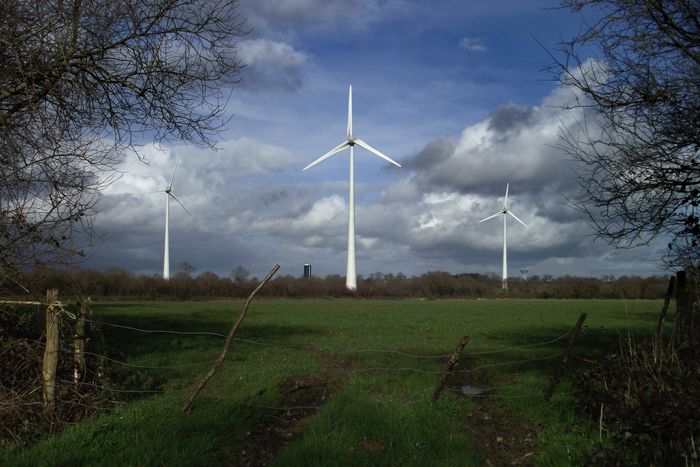
Renewable Energies: between Hope and Contradictions : Part I
Published on
In these times of crisis, President Obama’s economic speeches underline the need to fight against global warming, particularly with the development of renewable energies. The European Union pledged to reach 20% of its energy produced with renewable energy by 2020.
In Europe today, only approximately 9% of the energy produced is issued from renewable energies, with great disparities between countries. France’s objective is to reach a proportion of 23% by 2010.
One can only be enthusiastic by the politics’ awareness for the necessity to fight against CO2 emissions. These emissions are, for 93%, the result of the use of energy choices favouring hydrocarbons and fossil energy.
How feasible, however, is the bet over renewable energies in Europe, or in most developed countries? Beyond the rather positive discourse, what are the political or economic issues at stake here and their contradictions? How about initiatives in Europe and in France?
The first edition of the SIREME show organised in Paris in November 2008, the second edition of Energaïa in Montpellier last December or the third edition of the Renewable Energies Show last February are major events in France for anything related to Renewable Energies.
According to these events’ organisers, the large crowds and participants’ commercial transactions are a success. Three sectors pull the growth: solar, wind and biomass. In Lyon, Paris or Montpellier, the German manufacturers of solar panels are leaders of the market. That is due to the fact that Germany is the most advanced nation in matters of renewable energy in the world with close to 15% of its energy produced in sustainable ways; its ambition is to reach 30% to 40% by 2020. The larger manufacturers actually are German.
Spain, however, is also in the move as Zapatero’s government has largely favoured green energy through funding. As a result, it has become the international champion of wind produced energy or the photovoltaic solar panels. It is however no longer the main market because of the crisis while Germany is reaching a certain point of saturation. All eyes are now looking to France, and manufacturers, distributors or technicians all come to the same conclusion: the French market has become the target in Europe because it offers major potential and growth.
Competition is international: Japanese, American, Canadian, Chinese, Taiwanese and Korean have all joined in the market of Renewable Energies.
Japan, which has a long lasting tradition in these matters, is, with Germany, the country which has used extensively technologies from renewable energies for its domestic market in the last few years. It is expected that the United States will soon reach first place due to their technological, industrial and innovative capacity and also to a strong political will. But other Asian countries, such as China, South Korea or Taiwan are also getting ahead thanks to an increasingly performing production and more reasonable prices.
Marc Terrisse
Translation: Frédérique Destribats



